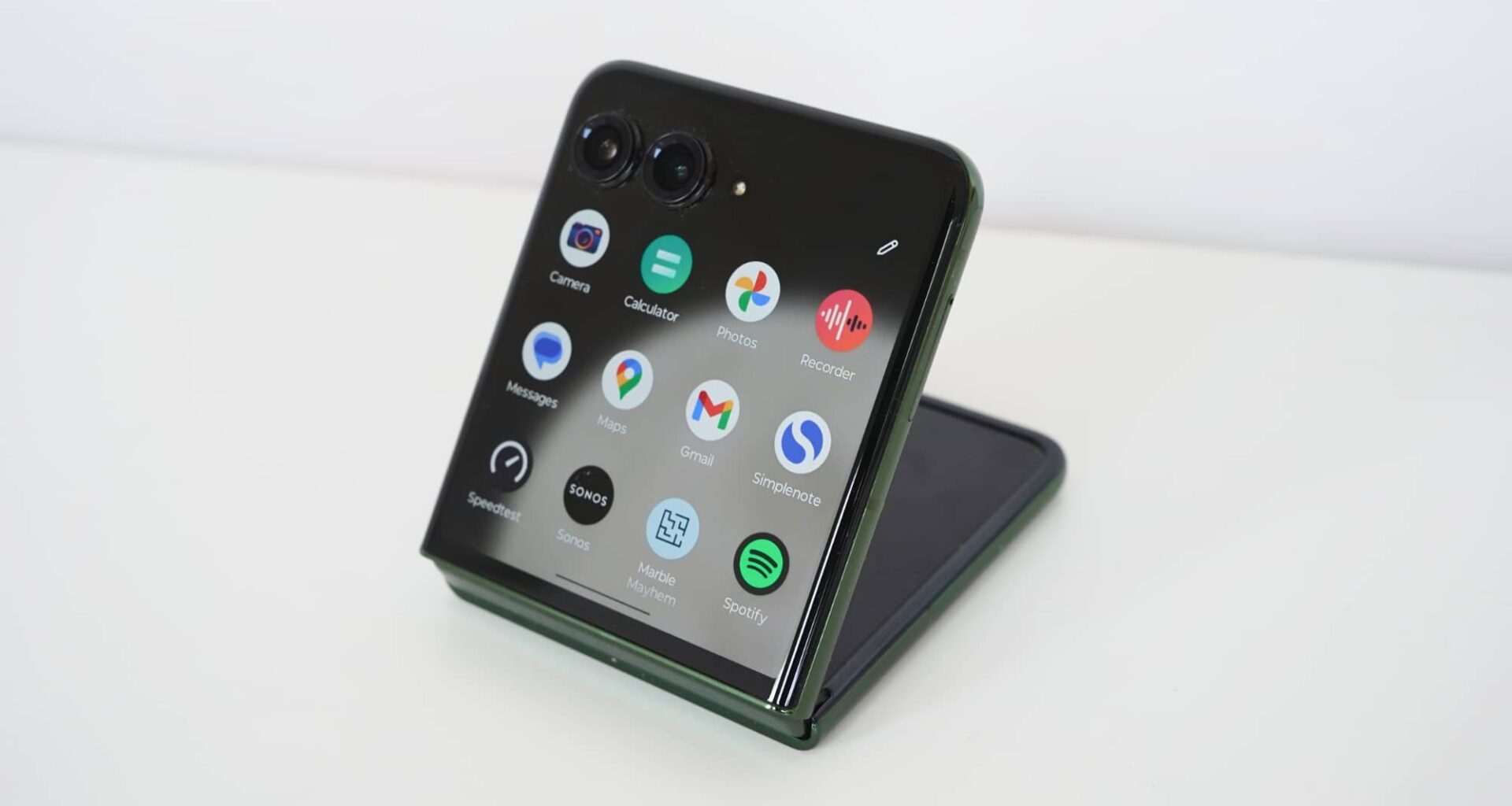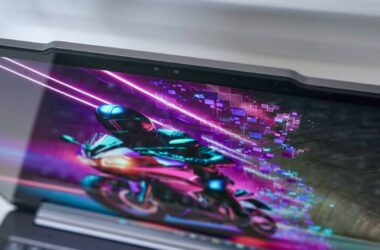Quick review
The good
The not-so-good
Small phones aren’t common these days, but the Razr 50 Ultra finds the middle ground between big and small in a brilliant way.
Phones are big these days, but they don’t always have to big. The bigger the phone, the bigger the screen, and at the same time, the bigger the battery life, as well. That’s typically why you choose a big phone.
But what if you yearn for a phone that looks big, but feels small?
Thanks to foldable technology, that’s entirely possible. Phones can be built to fold up, encasing something big inside of a smaller design. In fact, compact foldable phones is largely what small phones have become.
So can Motorola’s latest make the compact formula better, and is it a phone worth switching for? Nearly 20 years since the first Moto Razr appeared, the Razr 50 Ultra could be one of the more intriguing phones released this year.
Design
Designs have changed over the past 20 years, but the idea is still very much the same: a compact phone that folds up.
Back in the early 2000s, that was easier to make sense of. Phones used a T9 keypad on one side and a screen on the other, so the Razr flip phone was a two part effort connected by a hinge.
Twenty years later, our phones are all screen and the Razr is a foldable screen with a hinge on the side, something we’ve seen for a few years since Motorola revived the Razr a second time (yes, it also revived it a first time in 2013, too).
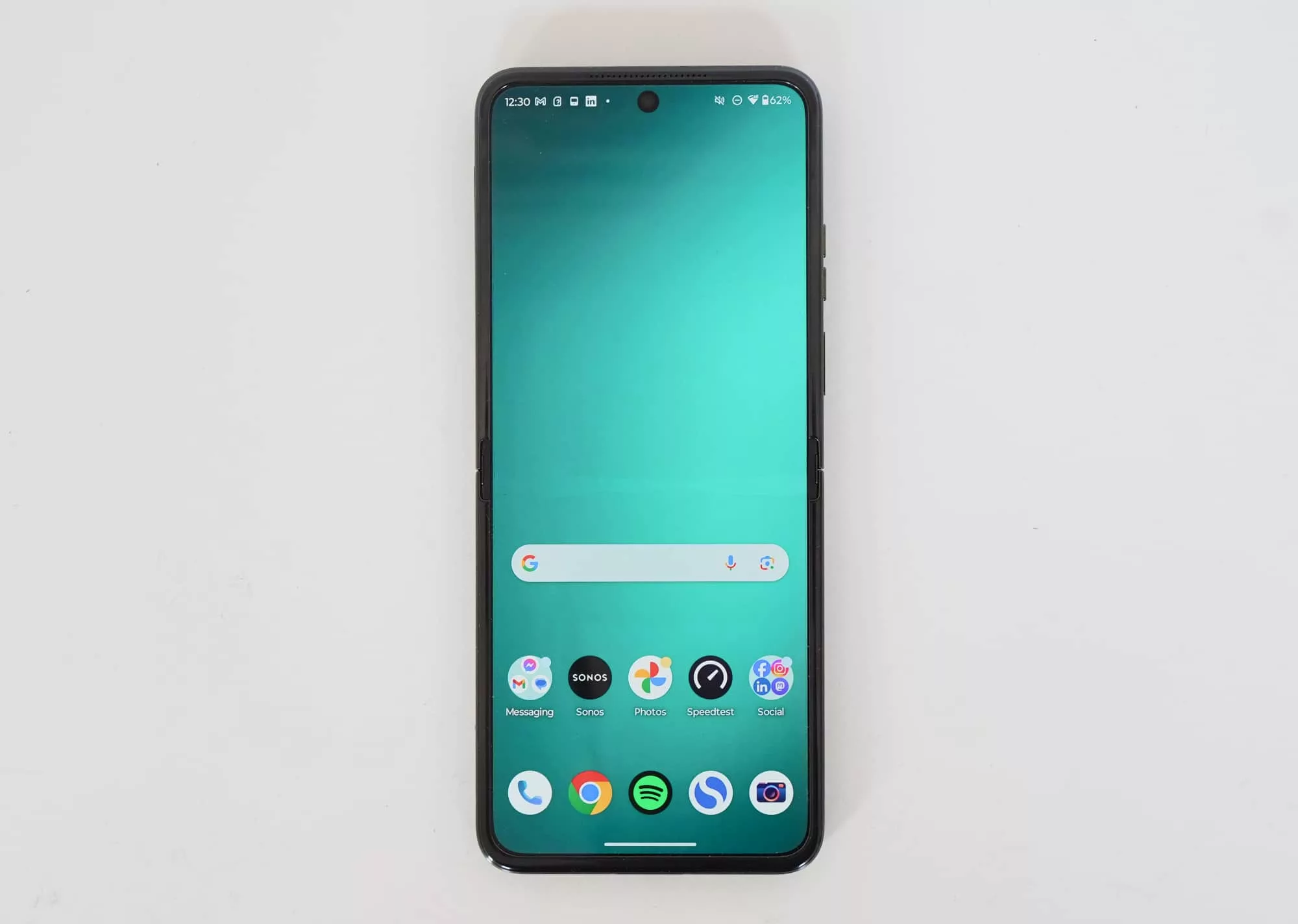
Last year’s Razr 40 Ultra was so good, we awarded it a Best Pick in our phone choices, and that included the solid design, which was basically a slick two-part design made up of cover-screen and back, while a large foldable screen sat on the other side.
This year, that design is largely unchanged, though the cover screen has gotten larger, now covering almost the entire front. It’s certainly a change, and one that makes the phone look that much better.
The back was a textured dark green plastic on ours, a sort of faux leather that didn’t feel as premium as we think Motorola intended, but still works all the same. It still comes with IPX8 resistance, which means it will survive more than a chance encounter with the elements.
Features
Inside, there’s a relatively high-end chip in the form of the Qualcomm Snapdragon 8s Gen 3 chip, alongside 12GB RAM and 512GB storage. That amount of storage is fixed and can’t be upgraded, but it’s also a fairly generous amount as far as phones go. Google’s Android 14 is also here on the Razr 50 Ultra out of the box.
There’s also a fingerprint reader on the side, face unlocking from the 32 megapixel front-facing camera. Meanwhile, the back sees a 50 megapixel F1.7 wide camera alongside a 50 megapixel F2.0 2X telephoto camera.
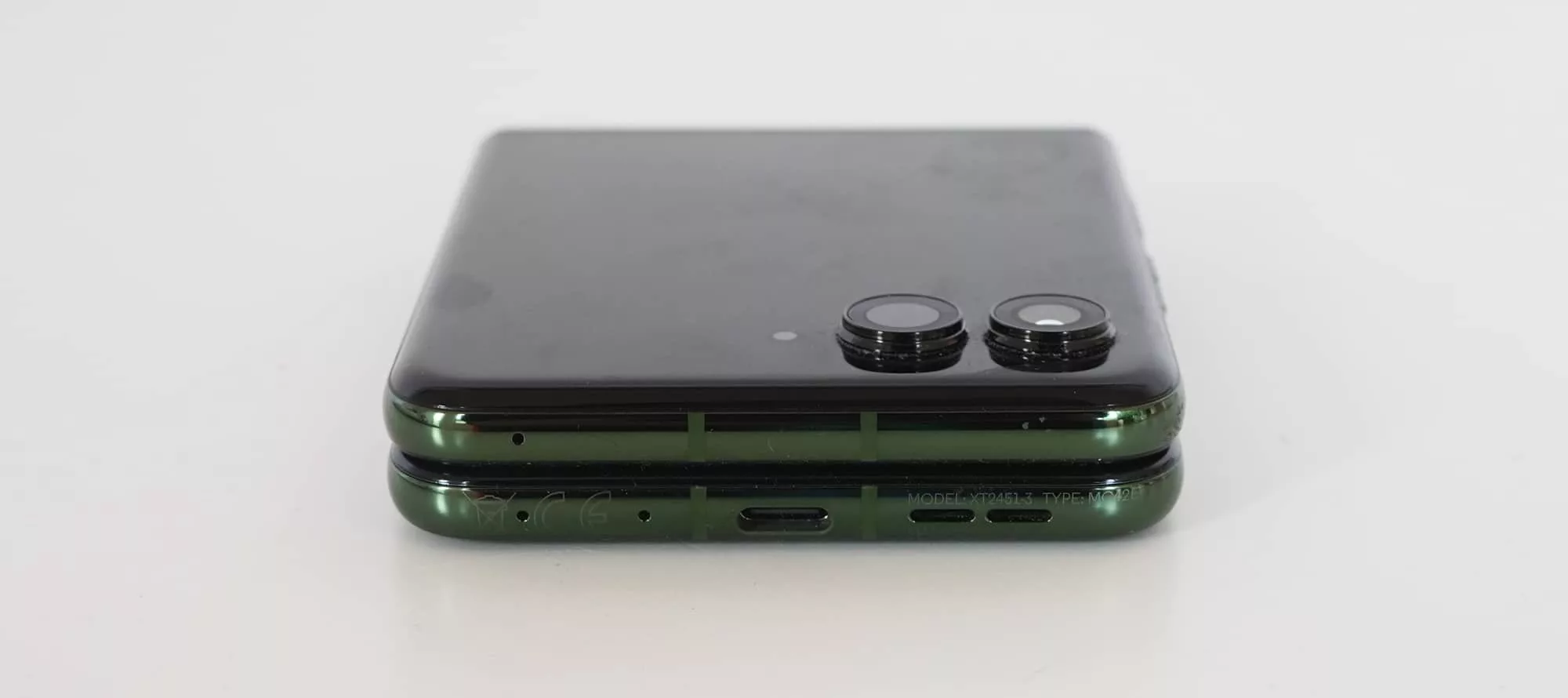
Physical connections are covered with a USB-C port at the bottom, useful for data, charging, and wired audio if you need it, while wireless sees 4G/5G, Bluetooth 5.4, WiFi 802.11a/b/g/n/ac/ax WiFi 6E, GPS, and Near-Field Communication (NFC) for Google Pay.
This fits under a 6.9 inch foldable pOLED screen supporting a resolution of 2640×1080 and a refresh rate of up to 165Hz, making it fast. That screen folds, but it’s also complemented by cover screen on the front of the phone measuring 4 inches that also uses pOLED and shows a resolution of 1272×1080 with a refresh rate of up to 165Hz.
Bringing this all together is an aluminium frame with Corning’s Gorilla Glass Victus on the front, complete with an IPX8 water resistance design for the phone. A 4000mAh battery sits inside this design, complete with both wired and Qi wireless charging. It even has a small case in the box.
| Model | Motorola Razr 50 Ultra (XT-2451-3) |
| Chip | Qualcomm Snapdragon 8s Gen 3 |
| RAM/Storage | 12GB RAM; 512GB |
| OS | Google Android 14 |
| Cameras | 50mp wide F1.7, 50mp F2.0 2x telephoto |
| Connections | 5G, WiFi 6E, Bluetooth 5.4, GPS, NFC, USB-C |
| Size/Weight | 7.09mm open/15.32mm closed, 189 |
| Price | $1699 AUD |
In-use
Using this new Razr isn’t dramatically different from other Android phones, largely because it is yet another Android phone.
However, because you have an external cover screen that takes up much of the front, you can also choose to use the phone without having to open it up.
Better, Motorola isn’t giving you some modified handicapped version of Android on that screen; you can actually load most apps in that small screen size, making for compact phone usage in a heart beat.

For instance, if you get a message, you can check it on the small screen.
If you add other apps to what it can look at, you can run those, too. Sonos remote control in a compact display without needing to open up the phone? You got it. Emails and photos? Sorted. Need to record something using the voice recorder? Run it while the phone is closed.
The cover screen’s ability to run pretty much any app opens up the Razr 50 Ultra to being a properly compact phone. In an era where big phones have practically taken over, this will be a godsend to many.
You can also use some of Motorla’s extra gestures to be a power user, such as our favourite: twisting your hand to open the camera. It’s quick and easy, and requires next to no fuss.
Motorola’s gesture controls aren’t new, however. What is includes the ability to set up the phone in a desktop mode of sorts.
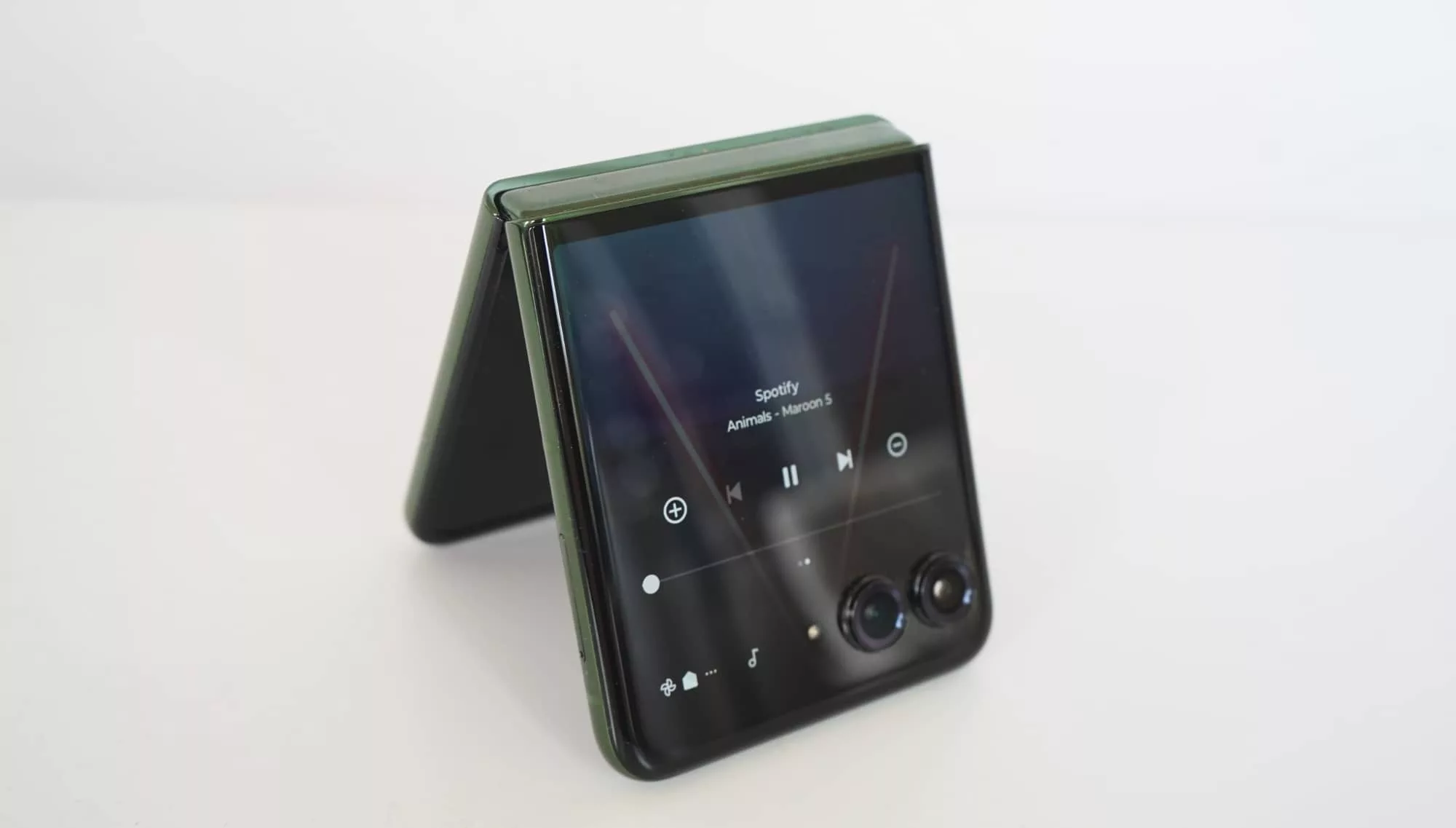
Set it on its back or in an “A”, each with the screen facing you, and you’ll find the phone acts as a sort of compact smart display of sorts. Show photos or album art, and depending on the music service you’re using, maybe even music videos. On Spotify Free, even the ads show up. Lucky you.
It’s a clever take on what that extra display can be used for, particularly while the phone is charging. We wish it had more customisation, though; you can’t have it explore a Google Photos library, and need to select a specific set of images on the phone itself. Likewise, it would be great if it could cover news like another smart display.
More customisation for Motorola’s desktop phone mode would be appreciated, but this is version one, and we very likely will see updates later on down the track.
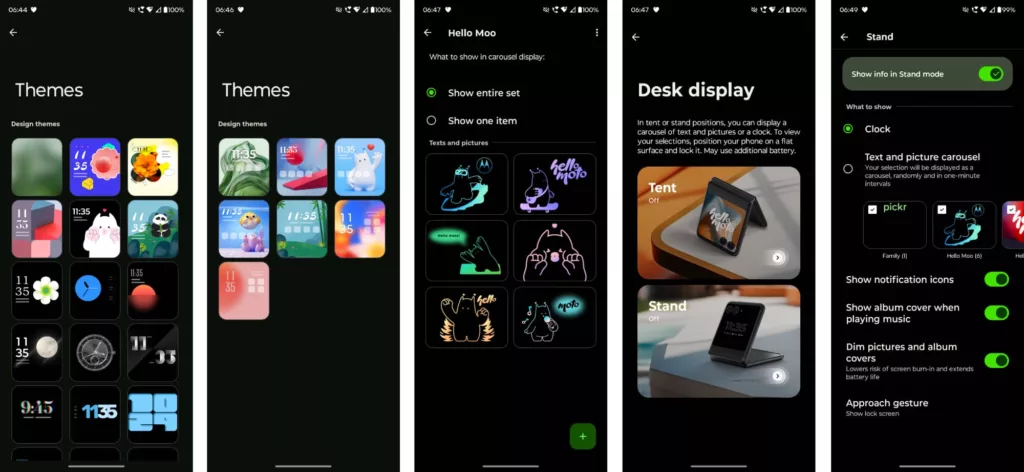
AI features
Being a phone released in 2024, artificial intelligence is also a part of what you can expect, and here in the new Razr that covers some image editing smarts, as well as some other extras.
That includes an AI-enhanced camera for blending images, Google’s Gemini AI system which you can talk to through either screen, the obvious circle-to-search functionality available on every Android from earlier in the year, and something new: the ability to generate wallpapers and themes based on text or an image you snap, maybe of clothing.
“Magic Canvas” is the former, providing a sort of compact Midjourney image creation system with surprisingly high-res output, while “Style Sync” turns photos into patterns you can reuse, both taking advantage of AI.
To Motorola’s credit, Magic Canvas feels like a better and more playful interpretation of what Samsung was trying to do with its AI wallpaper maker in the S24 Ultra this year, but whether you use it more than once or twice as a gimmick remains to be seen. You mightn’t even use it at all.

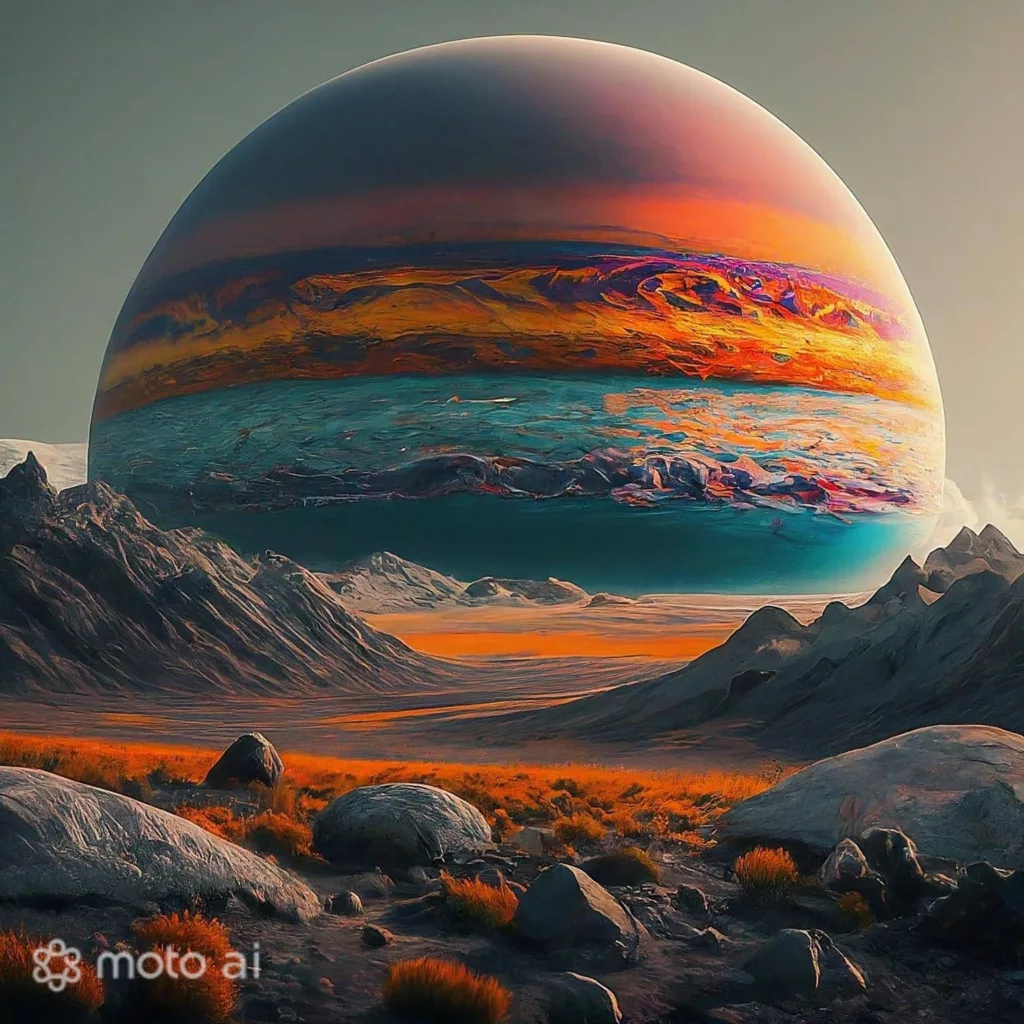

Performance
With a Snapdragon 8 Gen 3s at the heart, as well as 12GB RAM, we’re not surprised to see the Razr 50 Ultra delivers performance, even if it’s not quite as high end as the 8 Gen 3 in other devices.
For those keeping track of company models names like we do, the Snapdragon 8 Gen 3 is this year’s hottest high-end chip, and it arrived in Samsung’s Galaxy S24 Ultra. Meanwhile, the Moto Razr 50 Ultra uses the Snapdragon 8s Gen 3, which sounds the same, but isn’t.
It’s slower, delivering less performance in the benchmarks, even if you might not experience the performance issues altogether.
Synthetic benchmarks aside, we found the Razr 50 Ultra handled most of what we did without any noticeable or discernible lag. The 12GB RAM clearly helps things along, which is good to know.
When it comes to 5G performance, there’s plenty of that, too, network dependent, of course. Testing the 50 Ultra in Sydney on the Telstra Wholesale network (connected by Mate), we found speeds of up to 280Mbps before a bandwidth limiter kicked in.
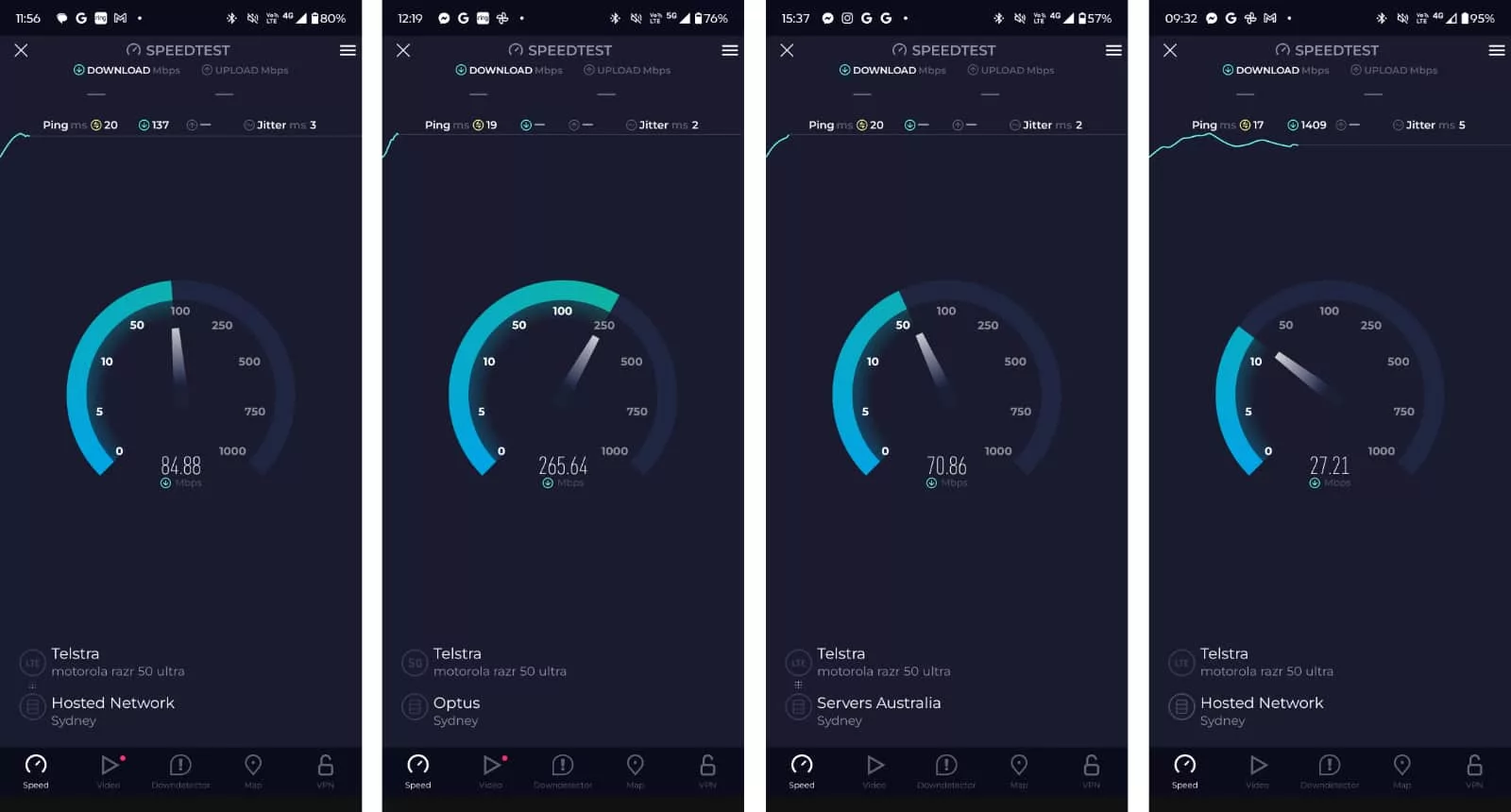
In short, you can expect decent speeds on this phone on 5G networks, provided your network doesn’t get in the way.
Camera
It’s not just the performance where things have changed. The camera system is slightly different, as well.
Rather than a wide and an ultra-wide camera like on the previous Razr, you’ll find a wide and a telephoto, letting you get a little bit closer while also managing to take tighter portraits. This change means you can expect a little more range in your shots, which is great if you want to get closer to the subject, even if it comes at the expense of going ultra wide.
The results, however, aren’t bad: images typically deliver crisp colours and solid detail, with the portrait mode also being a solid performer, as well.


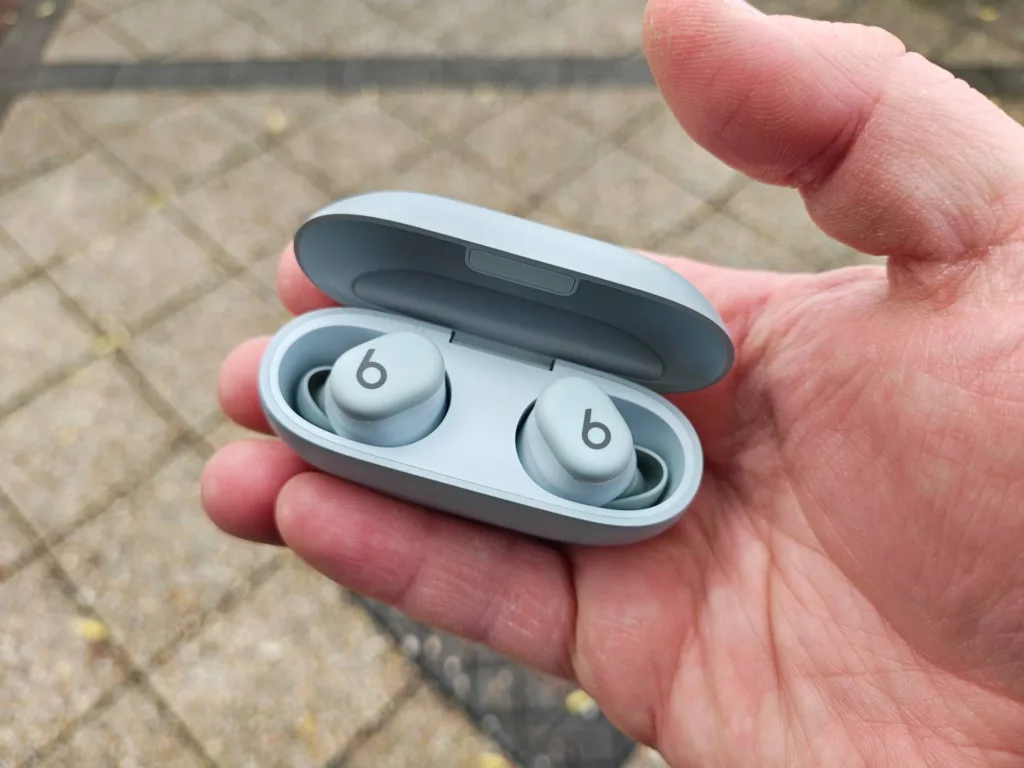
You’ll find four focal lengths to jump through here, covering emulations of 24mm, 35mm, 50mm, and 85mm, noted below in our little sample gallery of yours truly.
Low-light isn’t quite as strong as the daylight achieves, but it’s not a bad camera system by any stretch of the imagination.

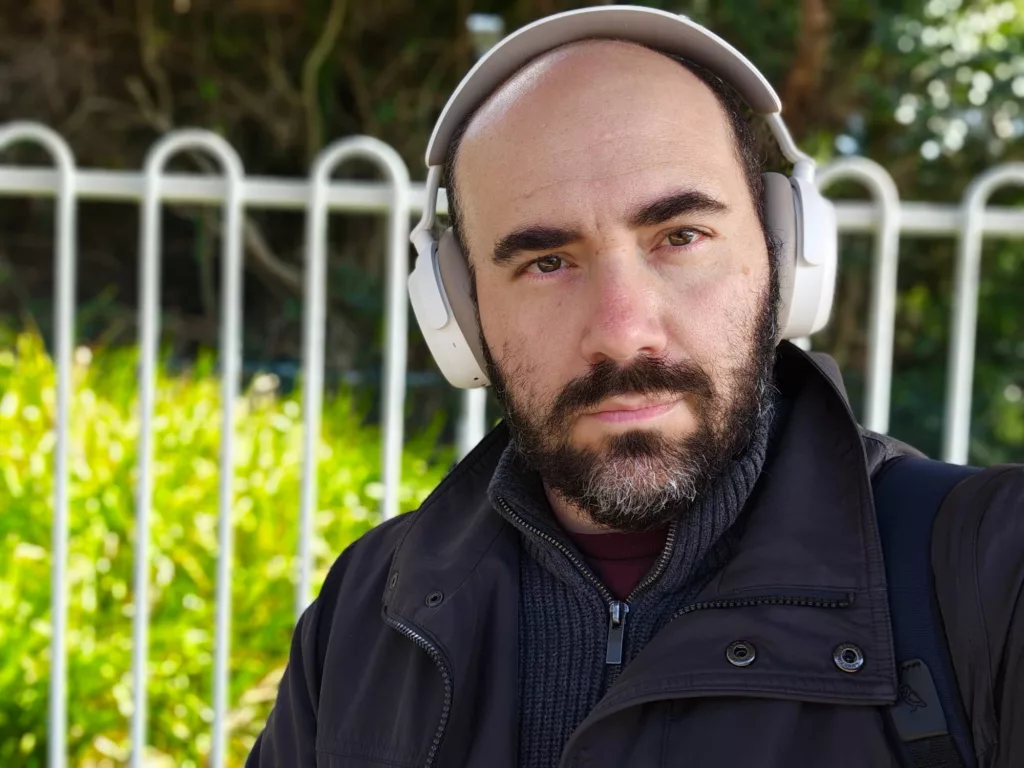


Battery
Underneath all of this is a 4000mAh battery, which in our time with the Razr 50 Ultra delivered a battery life of a full day, but you’d probably want to charge it nightly.
It is possible to go beyond that one day, but you won’t get much extra. Given our experience, we’d probably lean on the charger nightly. You’ll find a 68W charger in the box and the phone can charge quickly from similarly meaty power supplies, maxing out at 45W with fast charging.
Alternatively, it can handle 15W Qi wireless charging, though there’s no Qi2 magnetic wireless charging here, as the technology hinted at release in phones this year misses out on yet another release. Sigh.
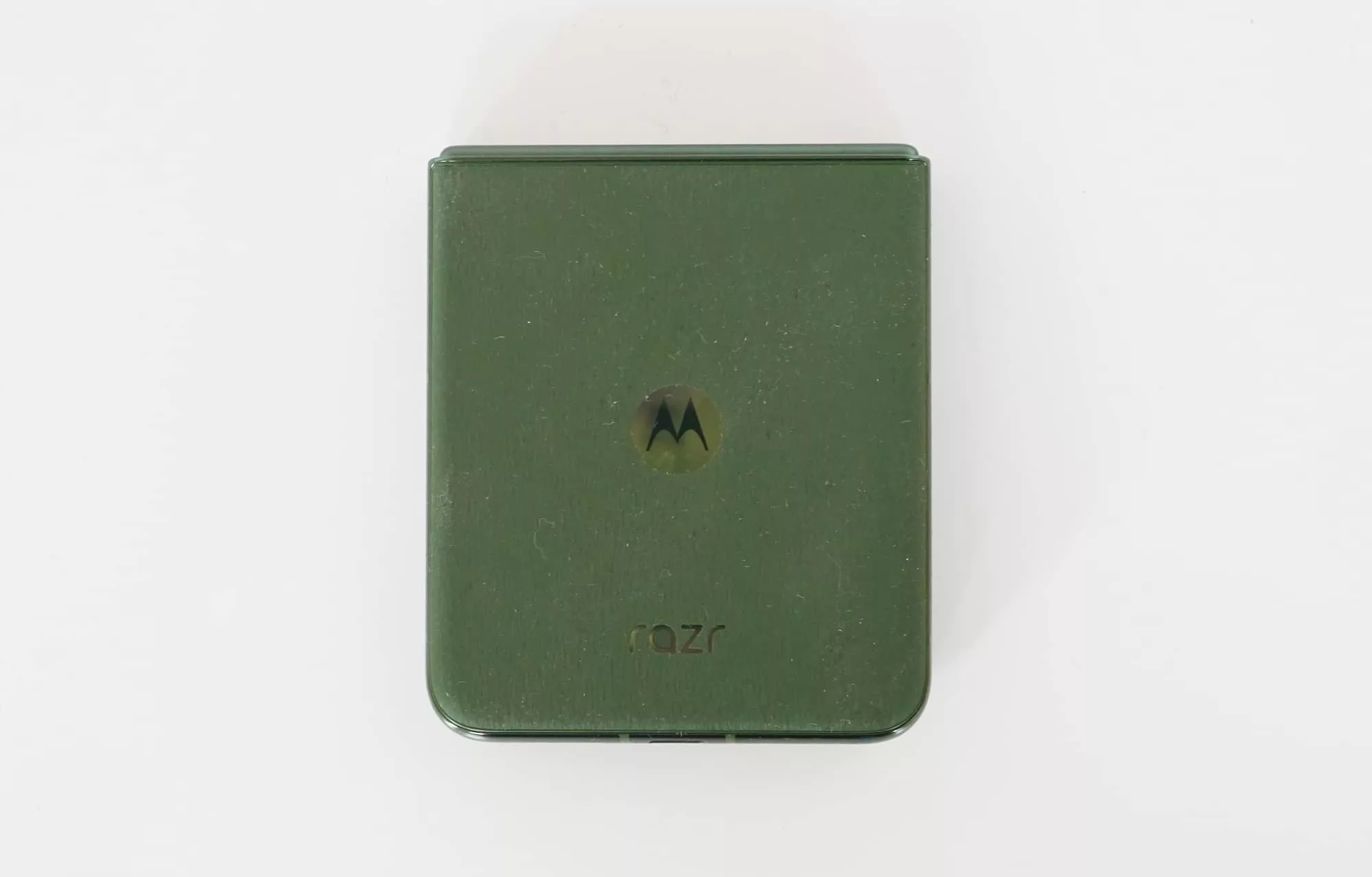
Value
The price seems to be about right, though, fetching a $1699 tag in Australia. That’s more than what many might expect a small phone to cost, but about where a decent flagship starts in Australia.
While $1699 can come across as a bit on the high side, particularly with only two cameras and notably because it’s $200 more than the $1499 price the 40 Ultra launched last year.
We still think the value is acceptable because you’re getting a 512GB phone, something that would normally see a higher price altogether.
The value could be slightly better — $1499 would still be lovely, of course — but the price hike isn’t dramatic considering the increase in storage inside.
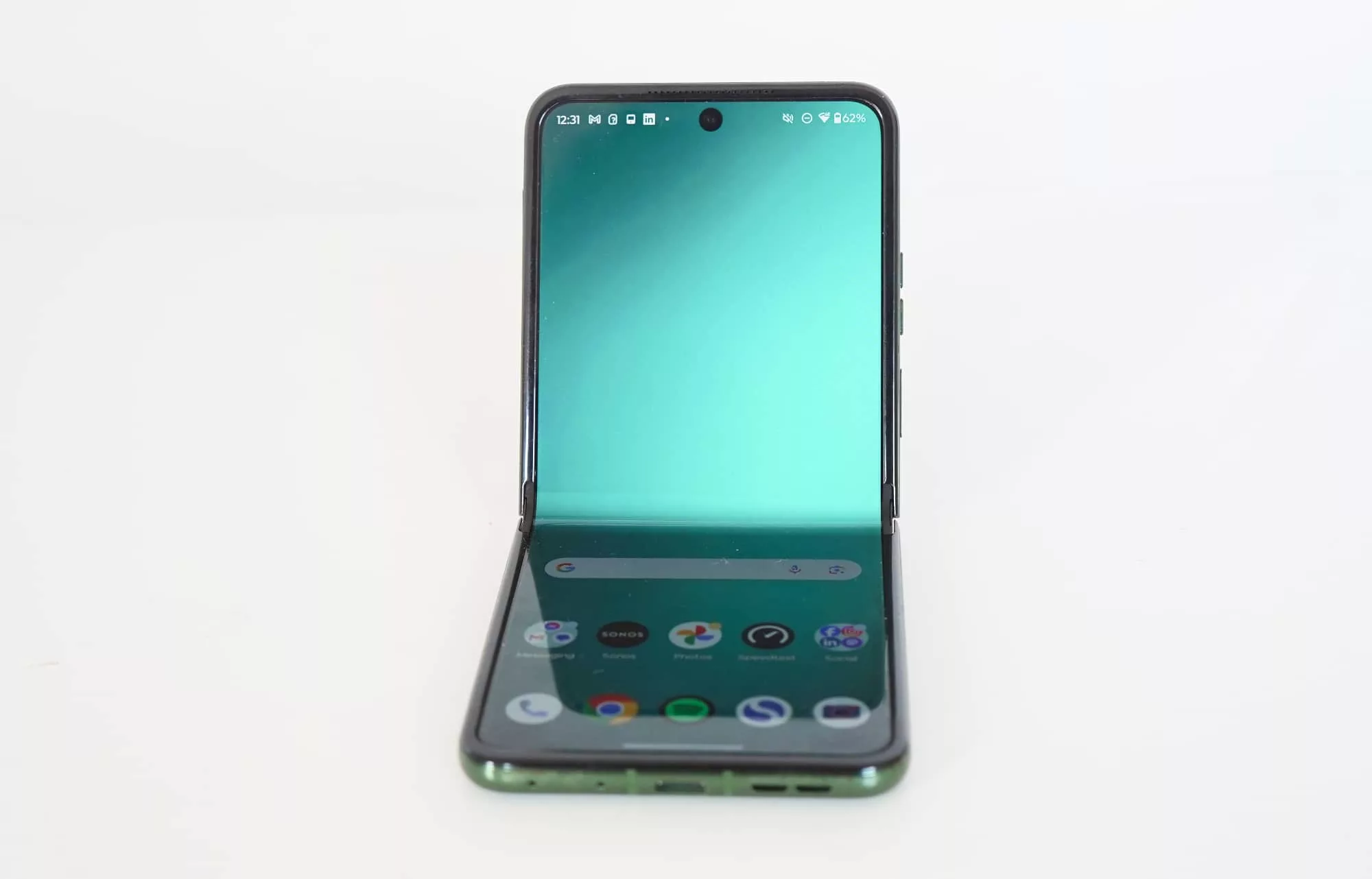
What needs work?
There are things that could be slightly better beyond the price. While the battery life could always be slightly better, that’s an issue you could lob at pretty much any and every phone these days.
The chip could be better, too. You should be getting the Snapdragon 8 Gen 3, not the 8s. That’s this year’s high-end chip, and it feels like it should also be in this phone.
Really, though, our biggest complaint is in the camera department, because while the addition of a 2X telephoto is great, you’re also losing the ultra-wide with macro support. That’s certainly a decision, and one not everyone will agree with. The 2X camera could also be slightly closer: a 3X would be more useful, but it’s better than nothing.
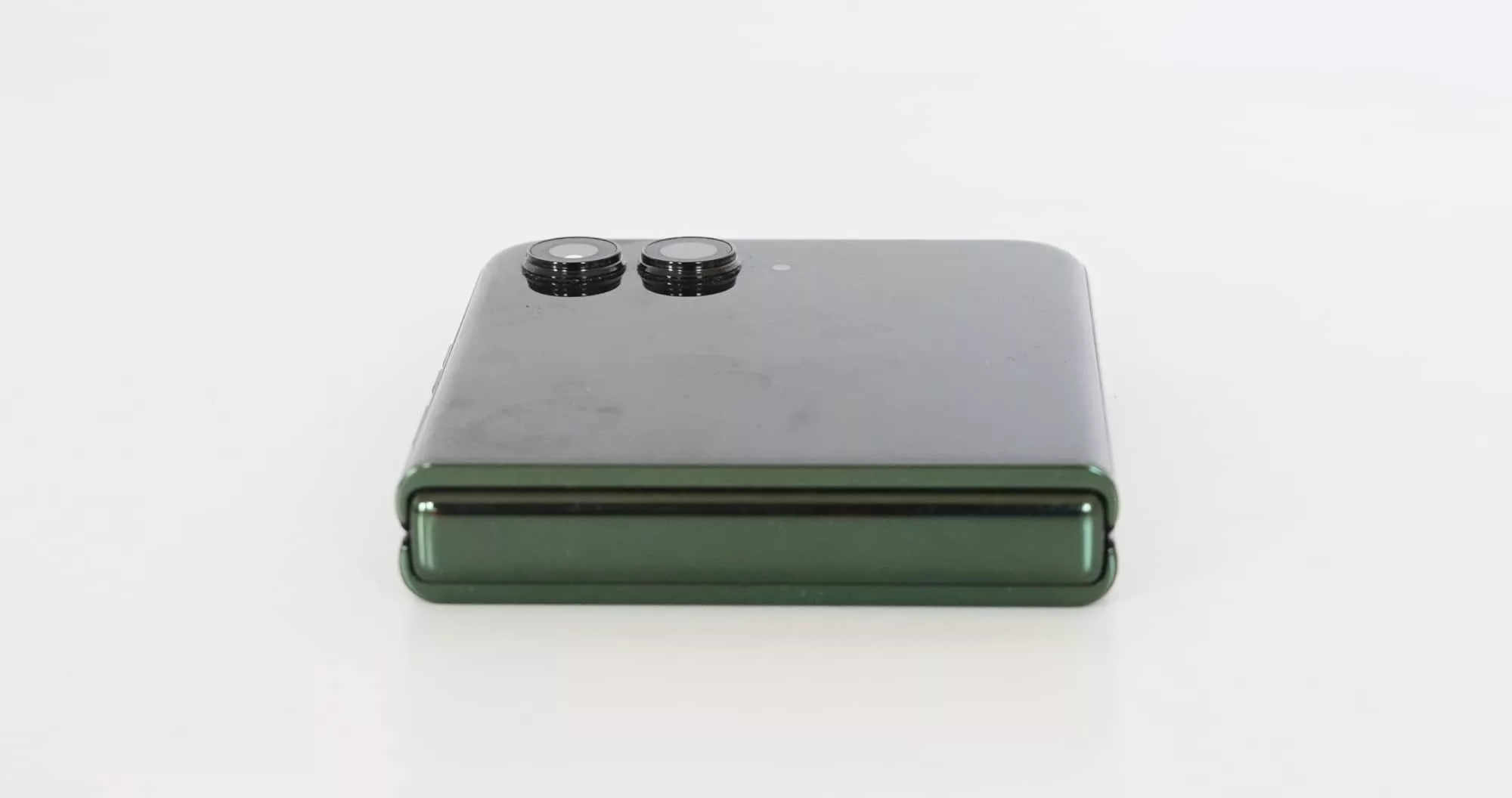
We love the macro, and we probably use the ultra-wide on the iPhone 15 Pro Max as much as we use the 5X telephoto on that phone. So dropping the extra camera is certainly a decision, but keeping it in also would have been a decision. You do get some element of macro, but it’s not quite the same extent as an ultra-wide camera would deliver.
As it is, two cameras on that massive 4 inch cover screen display means some of your screen real estate is imposed upon by the outline of the cameras. You lose a little of what you could see because the screen sits behind them. Make that three cameras, and it would be even worse.
There is probably a way to bring it all together, but we’re just not seeing it. You might not care, but it is something to flag.
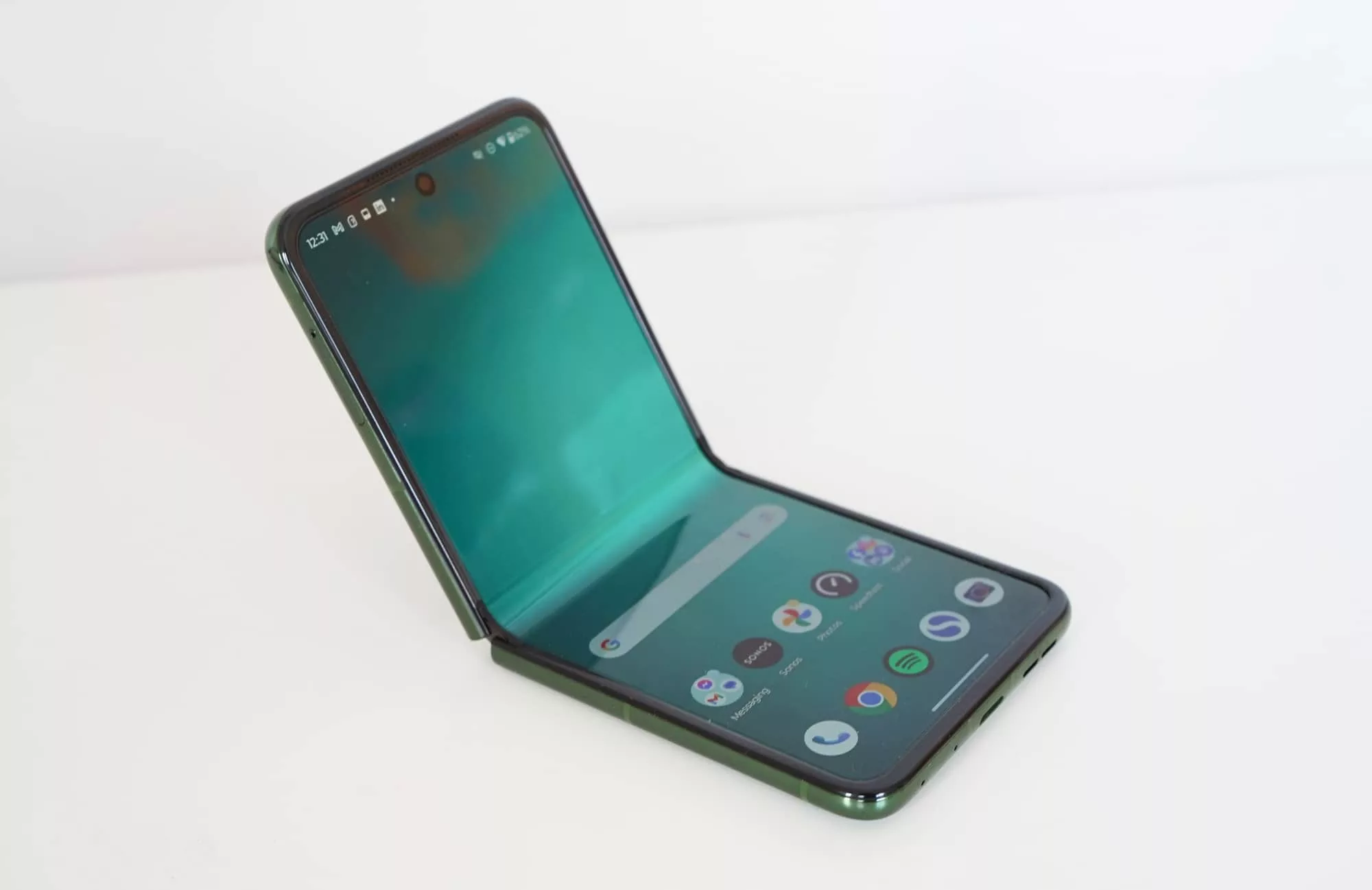
Final thoughts (TLDR)
After spending as much time reviewing the Razr 50 Ultra, it’s easy to see Motorola has a winner here, much like it did last time.
Last year’s Razr 40 Ultra was a favourite. It did so much well, and still managed to undercut the competition. In 2024, Motorola is doing that again, providing a foldable phone that feels right in so many ways.
This may be our favourite phone of 2024 so far. It’s an instant classic. It gets so much of the phone formula right, and keeps things compact and friendly. There are things that could be better, but this is an easy recommendation. It’s a great foldable and then some.
Frankly, the Moto Razr 50 Ultra is a phone worth switching for. Recommended.



